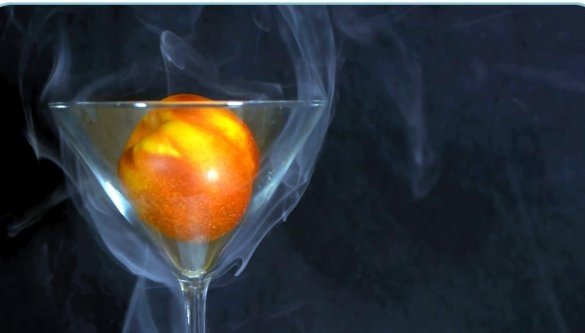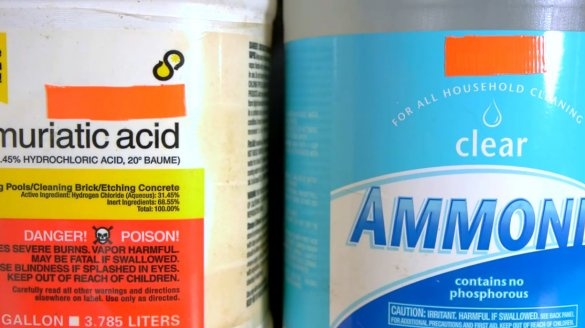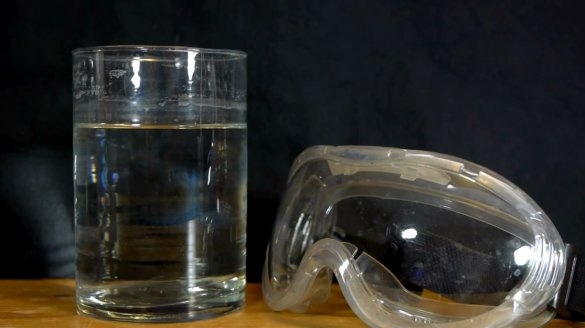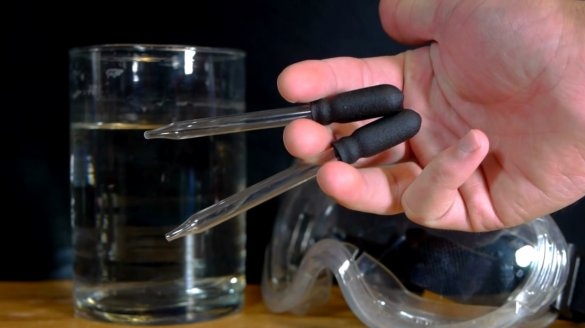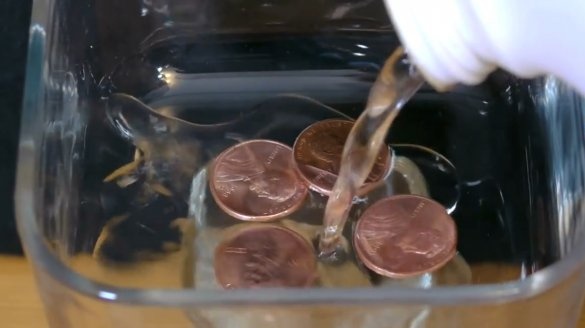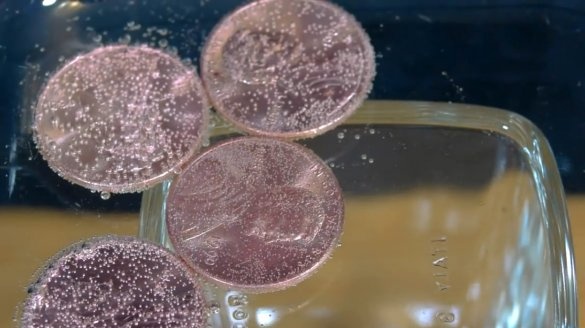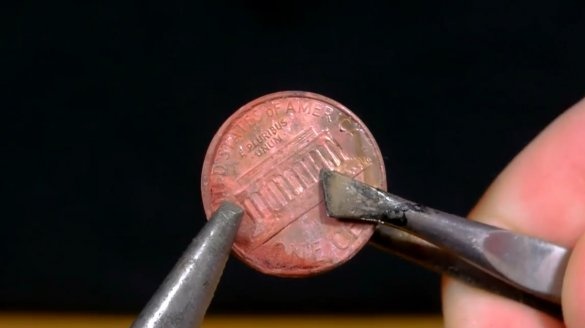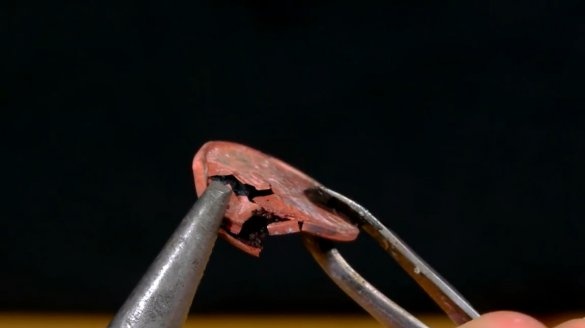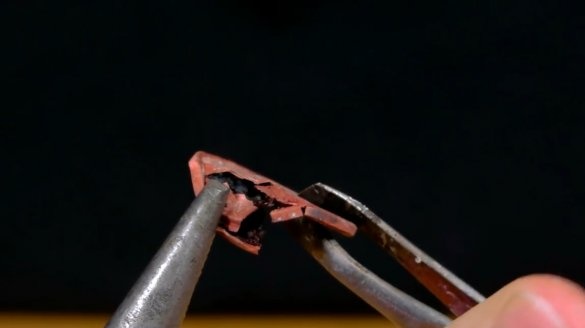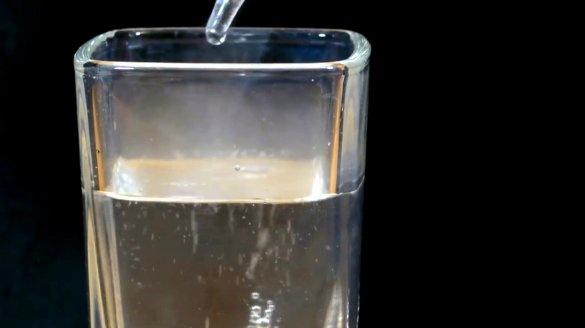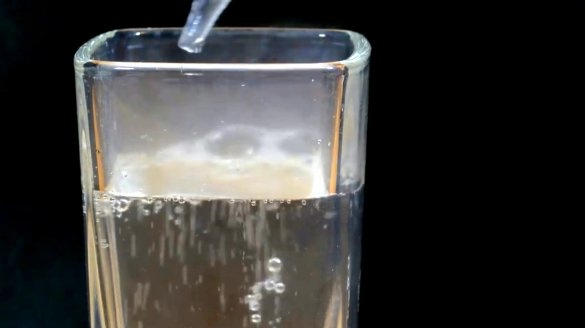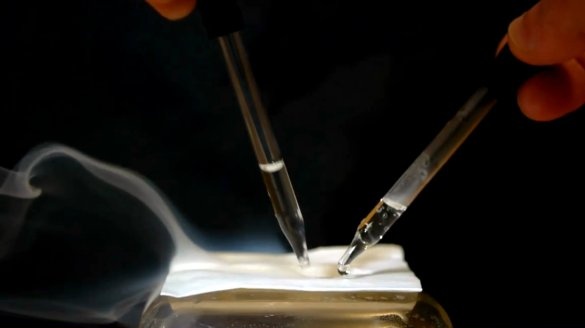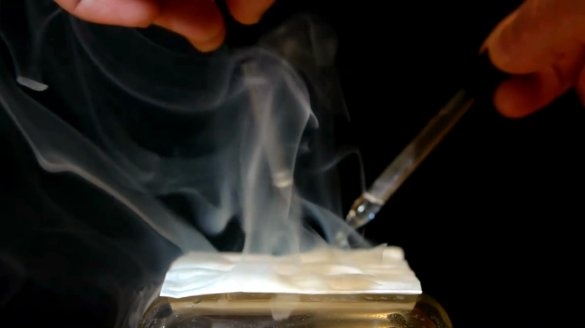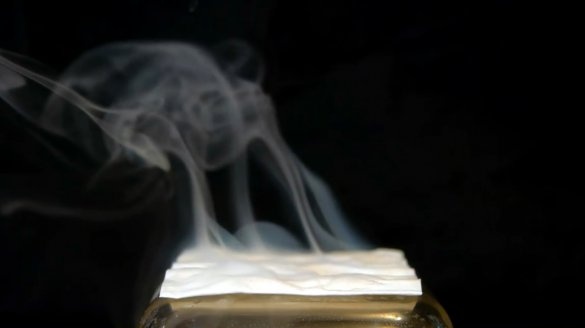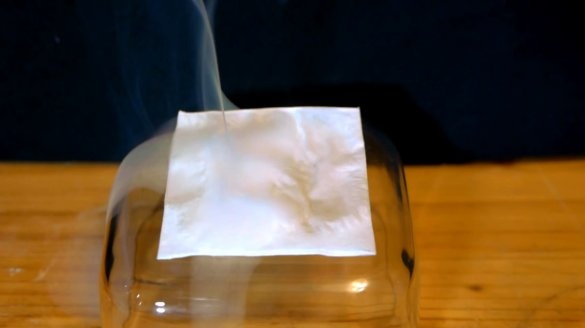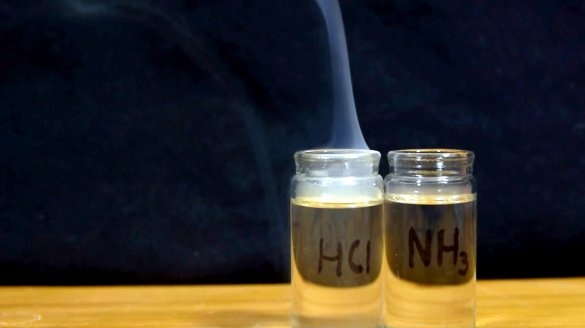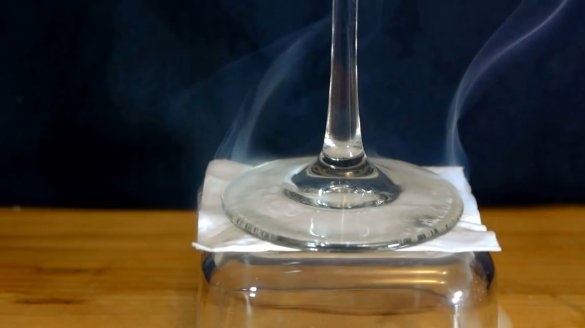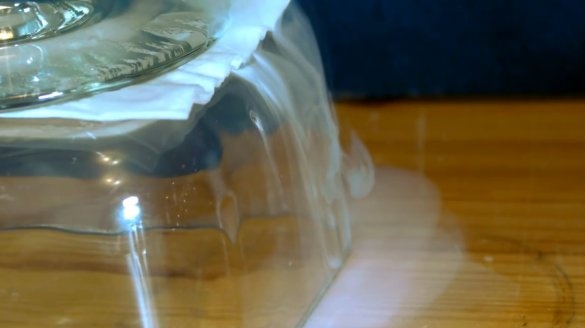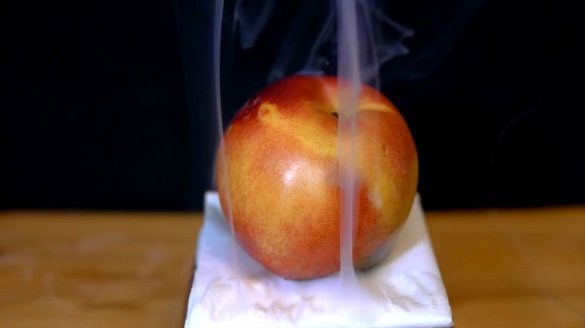But can there be smoke without fire, contrary to the teachings of folk wisdom? This question is often asked by children. And the answer is yes! A simple reaction between two chemicals can be used to create synthetic, and fairly harmless smoke.
In this article, the author of the YouTube channel "NightHawkInLight" will tell you how to conduct such a reaction.
Most often, such smoke is used in art photography to create special effects. But even a simple observer will be interested to contemplate such smoke.
Materials
- ammonia
- hydrochloric acid
- Soda
- Napkins.
Instruments, used by the author.
- Chemical pipettes
- Glass containers
- Safety glasses, gloves
Manufacturing process.
So, you need only two chemicals - hydrochloric acid and ordinary ammonia, which is in any home. Hydrochloric acid is most often sold in hardware stores, and household chemical stores. It is packed in jars labeled hydrochloric acid. Its most common use is the cleaning and sterilization of rooms and objects.
This type of acid is quite corrosive and can cause burns, so use this "substance" should be with all safety precautions and in appropriate equipment (gloves, goggles)!
It doesn’t interfere with stocking up any container with water with baking soda dissolved in it, so that, if necessary, it is possible to quickly neutralize drops on the skin.
That's how it acts on coins, making them fragile like glass.
As a result of the reaction that occurs between hydrochloric acid and ammonia, solid white crystals of ammonium chloride are formed. Both substances emit a certain amount of vapor, which, mixed with each other, with the participation of air immediately turn into ammonium chloride. Being in a gaseous state of aggregation, this substance is very similar to ordinary white smoke. In fact, this is just a volatile trail of non-toxic white salt.
Using medical pipettes, the experimenter transfers a small amount of acid and ammonia onto a napkin, just a few drops.The solution turned out to be very successful - both substances in micro doses on an airy, loose napkin immediately begin to produce a large amount of steam. It is important that they contact each other indirectly, through the air gap.
If the author had mixed two liquids, the effect would have been minimal, since the ammonium chloride salt would have crystallized faster in the solution than evaporated into the air.
Here you can get interesting photos.
Thanks to the author for a simple but interesting experiment to produce smoke without fire!
All good mood, good luck, and interesting ideas!
Author video can be found here.

